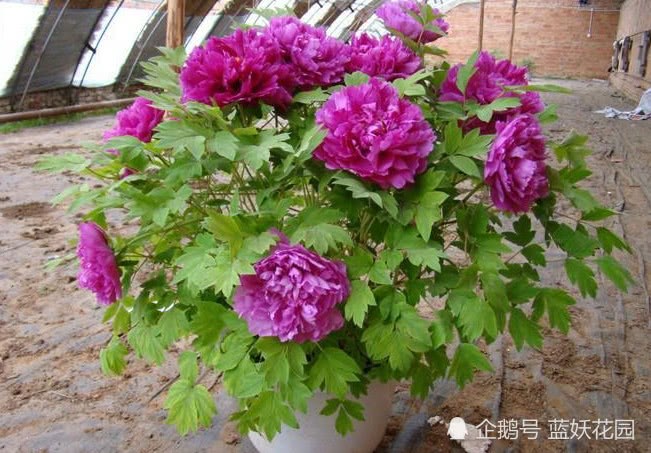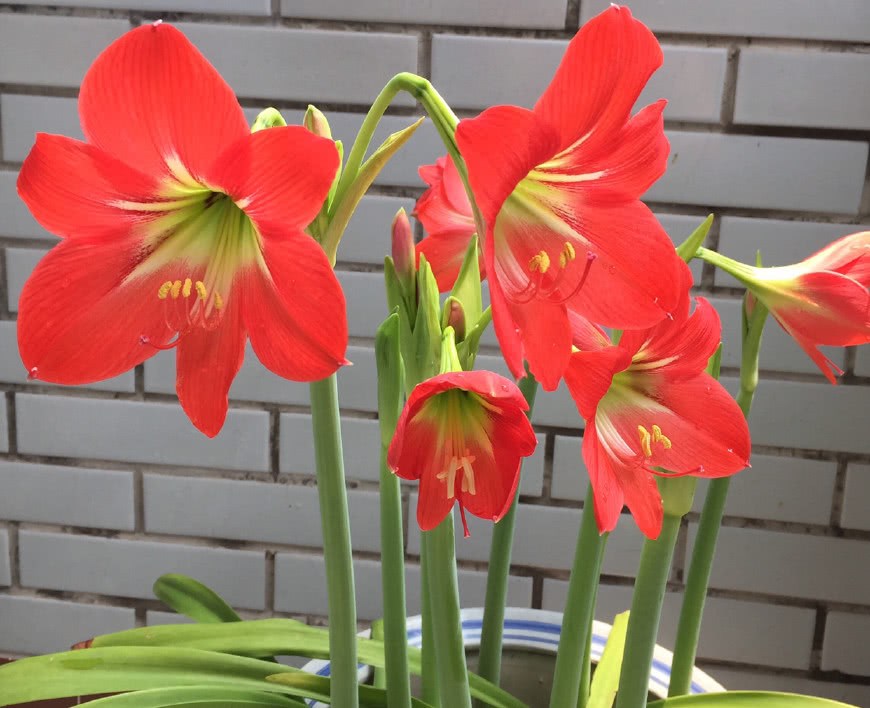Do you grow Iris in the sun or shade?

Plants ranging from short to height to 1.2 meters high, there are all kinds of irises in the garden. Iris includes more than 300 species and many unique varieties. Common varieties are Japanese Iris, Siberian Iris, Louisiana Iris, Pacific Coast Iris and Dutch and English Iris. Iris plants grow in areas 3 to 10 of the USDA plant cold tolerance zone, depending on the tolerance of some varieties to cold or heat.
Northern garden
Iris grows well in the cold northern climate. During winter dormancy, the rhizome can withstand long periods of freezing. In the northern garden, plant irises in sunny, bright places. Plant irises in July and September. These roots take root in the soil in the autumn and then go dormant in winter. In spring, the rhizome grows leaves and flowers. In the northern climate, irises can withstand some of the shade, but may produce fewer flowers. In areas 3 to 8 of the USDA, irises are usually planted in the sun. Siberian irises are very hardy. It is usually grown in colder areas.
A garden with warm climate
Irises enjoy some shade in a hot climate. Irises are planted in USDA districts 9 and 10, where they can get plenty of sunshine in the morning and shade in the afternoon. In hot weather, irises can endure mottled shadows all day. When planted in a cool place, irises produce rich leaves, but flowers are limited. Louisiana and Spanish irises grow well in warm climates.
Seaside garden
Even in hot climates, coastal areas are cooler than inland areas, with less temperature fluctuations from season to season. In coastal areas, irises are planted in sunny places. Try to plant irises on the Pacific coast. These Pacific coast aborigines grow well in mild winters and cool, humid summers in the coastal areas of the Pacific Northwest and northern California. Louisiana irises also grow well along the coast. Planting in September and October is ideal, but irises can be planted and transplanted at any time in autumn, winter and early spring.
Varieties and planting of Iris
Iris can grow in fertile garden soil; swampy areas; shallow, still water. Japanese irises like to grow in stagnant water and wet places. They are ideal for growing in ponds and landscape waterscapes in full sunlight or partial shadows. Siberian irises grow best in well-drained, fertile garden soil. This variety does not grow well in an environment of continuous stagnant water. Whether Louisiana irises can grow in garden soil and wet areas depends on the variety of plants.
- Prev

Don't make a mistake, or the peony won't grow.
15, peony flower bud, don't do wrong, otherwise peony grow not big! This is the blue demon original "peony culture" column article 15 because peony flowers, flowering is very large, the nutrients needed a lot, want peony flowers bloom well, sparse bud...
- Next

Plant these two kinds of flowers in autumn and throw a ball into the pot. In the coming year, the flowers will be full of pots and bright colors.
Many friends like to grow flowers, but do not know what flowers to raise, these two kinds of flowers do not take effort to raise, do not need frequent fertilization, pruning, it is not easy to grow bugs, it is very easy to grow. Plant these two kinds of flowers in autumn, a ball.
Related
- Wuhan Hospital Iron Tree Blooming Result Was Instantly Frightened by the Gardener Master
- Which variety of camellia is the most fragrant and best? Which one do you like best?
- What is the small blue coat, the breeding methods and matters needing attention of the succulent plant
- Dormancy time and maintenance management of succulent plants during dormancy
- Minas succulent how to raise, Minas succulent plant pictures
- What are the varieties of winter succulent plants
- How to raise succulent plants in twelve rolls? let's take a look at some experience of breeding twelve rolls.
- Attention should be paid to water control for succulent plants during dormant period (winter and summer)
- Watering experience of twelve rolls of succulent plants
- Techniques for fertilizing succulent plants. An article will let you know how to fertilize succulent plants.

